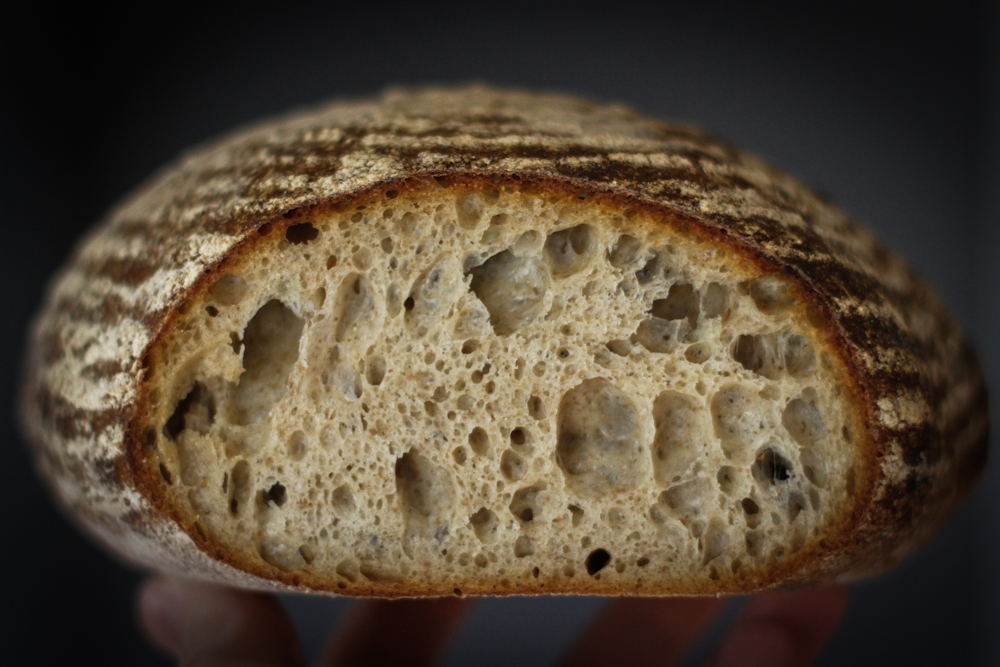First pizza's from the bible.

Dough was from pg.22, sauce was New York-New Jersey on pg.28, finished with garlic oil from pg.29, cheese was fresh mozzarella (grated, easier said than done) I made 3 pizzas. The first two in 500 degree oven using pizza stones placed at specified oven locations. I used top stone first then moved to bottom stone. Allowed about 10 min recovery time before loading another pizza. For fun I did my third pizza with the broiler. Once the oven recovered I turned off the oven and broiler to high. Gave it about 5 min then loaded the pizza on top stone.
- Log in or register to post comments
- 2 comments
- View post
- MANNA's Blog









